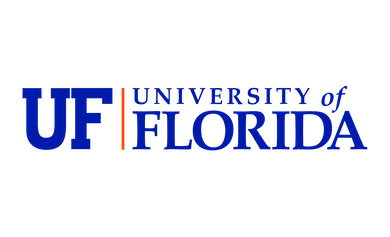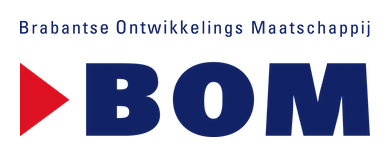“…The mechanistic insights we revealed by large scale coregulator recruitment assays, transcriptomic and protein analysis demonstrate a 50–100 times lower potency of E4 versus E2 to activate the recruitment of coregulators to ERα, to induce similar transcriptional activity and to sustain progesterone receptor (PR) expression in breast cancer…”
— Dr. Christel Pégueux et al.
University of Liège
Liège, BE
PMID:34065180
“…Coregulator peptide binding and structural studies highlight marked differences fromcurrent standard-of-care, single-mechanism antiestrogens. Thus,these dual-mechanism ER inhibitors (DMERIs) represent a classof antiestrogens that generate full antagonism of proliferation inwild-type (WT) ER-positive breast cancer cells and in a number ofallele-specific resistance models…”
— Dr. Kendall Nettles et al.
The Scripps Research Institute
Jupiter, US
PMID:34452998
“…Those coregulators that are differentially recruited after CORT108297 or CORT118335 binding to the GR may explain the functional differences between the compounds [59]. Comparisons between SGRMs in terms of coregulator interactions with GR and the resulting functional effects may allow the linking of particular signaling pathways with more integrative consequences, especially in the brain, where several cognitive and behavioral functions are regulated by GCs…”
— Dr. Onno Meijer et al.
Leiden University Medical Center
Leiden NL
PMID:30884490











